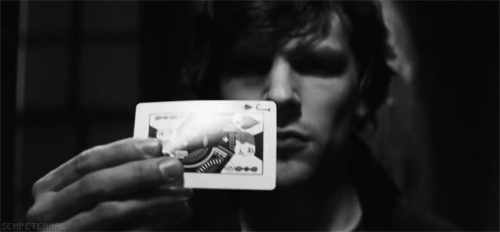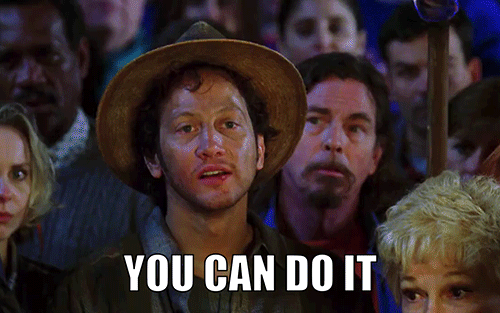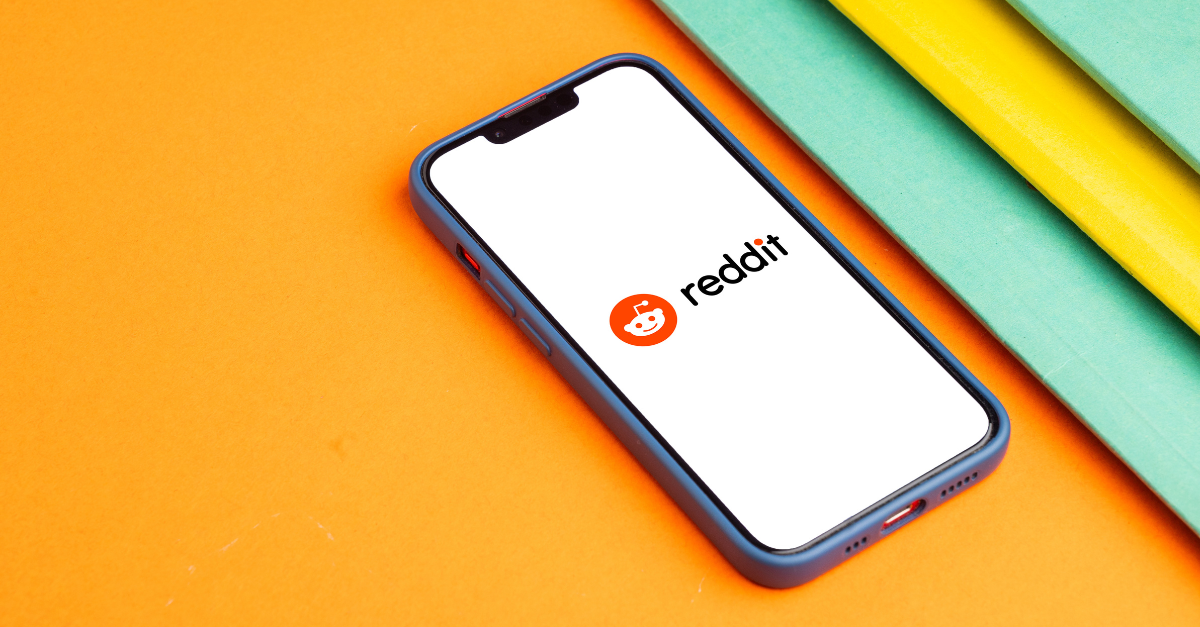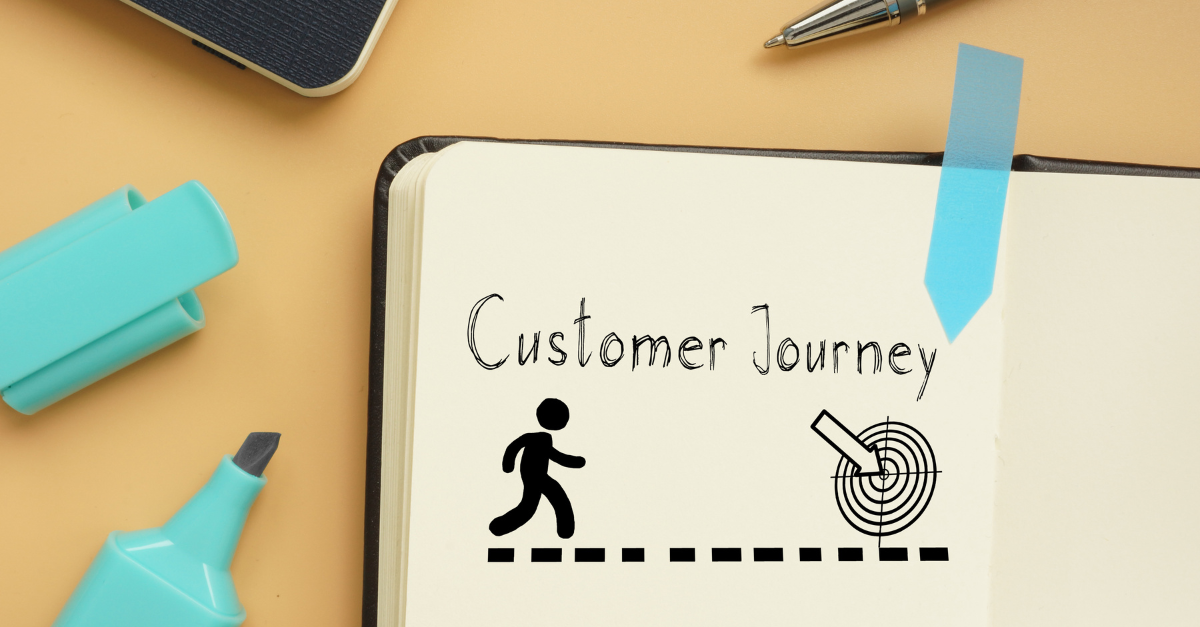Think holistically
No matter what your situation is, no matter how large or small your company is, viewing the big picture is key to creating an all encompassing content strategy. Each social channel and media type has a different specific language and formatting that needs to be addressed if your want to interact with the proper audience. Understanding where your audience lives on or offline is critical to achieving your marketing goals, but so is understanding how.
For example, if you are company that wants to target both older and younger people, a 15 second video that summarizes a new product launch would work well with your millennial Instagram followers, but not with your older Facebook audience that wants more information up front.
Pinpoint weaknesses & Strengths
The next step in your content strategy is to turn the lens on yourself and see the gaps in content strategy that you must overcome. Perhaps you are excellent at communicating with your facebook fans but your twitter engagement is stagnant. Or maybe it is not about your social channels at all. Maybe the problem is that you have had excellent engagement with your audience for years but that has been decreasing over the past few months. This is not going to be a quick fix in order to develop your brand language for each channel or situation, but it is easier than it sounds.
The first step in identifying how to fix your content problem is just to dive in. Get your hands dirty and take a step back from the problem. Sometimes, the closer you are to the problem, the less you see!

I’m not saying you need to lock yourself in a conference room and throw darts at a wall full of post-it notes but sometimes, it works! Don’t be afraid to step away from your desk and go for a walk, watch a funny youtube video you have been saving or just go take a break and talk to your colleagues! The mind needs time to refresh and often times the best moments of inspiration are when you focus on something other than the task at hand even if just for a few minutes.

Research your specific industry
There is one common question I always receive when presenting data or insights to clients and collaborators, how does this compare to everyone else? Having worked with clients in many different industries you would think that there would be some overlap in content strategies and plans of action. While there are, they are much more generic than you would think. Something along the lines of keep your tweets to this length and keep your videos under the time etc etc. The real question should be how does this compare to MY competition?
The simple fact of the matter, although it may sound like a cop-out, is that every industry is different and every strategy needs to be different as well. Is a 20% Open rate on your latest email send good or bad? How does it measure up to everyone else? Comparing your own metrics to general benchmarks is a good starting point, but diving into your own industry results is where the insights are waiting.
All industries are different and content strategies are not universal
4.Create an overarching content plan
Now that you have spent the time to research your own company and your competition you have a better idea of where you stand and what you need to do to accomplish your goals. Again, this is not a quick fix type scenario but it does pay dividends in the future. Rec-creating your brand voice or the amount of content you have to produce is no small matter, but it does directly effect your brand awareness and engagement. After all, staying at the front of consumers minds is most of the battle these days with messages coming at them from multiple sources throughout the day.
When drafting your newly created content strategy, be sure to include the human elements below that effect all of our purchasing decisions as human beings.
- Peer Reviews make a huge difference
- Consumers will do their own research
- Make sure their research points to a positive message
- Social Norms and Expectation lead the way
- If you buy a brand new iphone, chances are you expect some new features correct?
- Cognitive Fluency
- The human tendency to prefer things that are familiar and easy to understand.
- In other words, simplify your message without losing its core value
- If in retail, flooring matters
- Comfortable consumers make purchases
- Purchases are emotional with rational justifications
- Appeal to their emotional side and make them feel good about the purchase with logical pricing/sales/discounts etc etc.
Further information from above can be found here.
Push content to applicable sources
Here you stand, content strategy at the ready with newly polished ideas and branding. Go forth and reach out to your audience with fresh language and imagery (that you have researched will be appropriate) and see how your audience responds. Use channel specific content to make sure you are connecting with your consumers where and how they want to be informed.
In today’s world, all that separates a gigantic brand and a consumer is 140 characters or less.
Keep in mind that as you process with these new with any big decision comes change, and people generally dislike change. We are stubborn creatures that enjoy being set in our ways and don’t really like it when something forces us to change.

However, when done correctly, change is a breath of fresh air and a wake-up call. Take the Dove Real Beauty campaign a few years ago for example.
With the oversaturation of photo-shopped models and unrealistic beauty standards reaching an all time high in 2013, Dove decided to change the game and make people feel comfortable with their bodies again. This new look at the old standards of beauty restored confidence in consumers and repositioned Dove as a brand that truly understand women and the concerns of beauty standards in our world.
TMI
Something we like to say here around emfluence is TMI, meaning track, measure and improve. After you have launched a wonderfully thought out campaign full of ideas and creativity how do you know that it worked? The work of connecting with your audience in advertising is never over and this means measuring your results to see how you did. Keep track of your performance on each campaign so you can tell if you are getting better at engaging with your consumers and their demographic. When it comes time to do another campaign you will have your own specific benchmarks to compare to and improve from!

For more information about content marketing and social media strategy or useful tools to help manage brand marketing please read the blog posts below:
[more]




